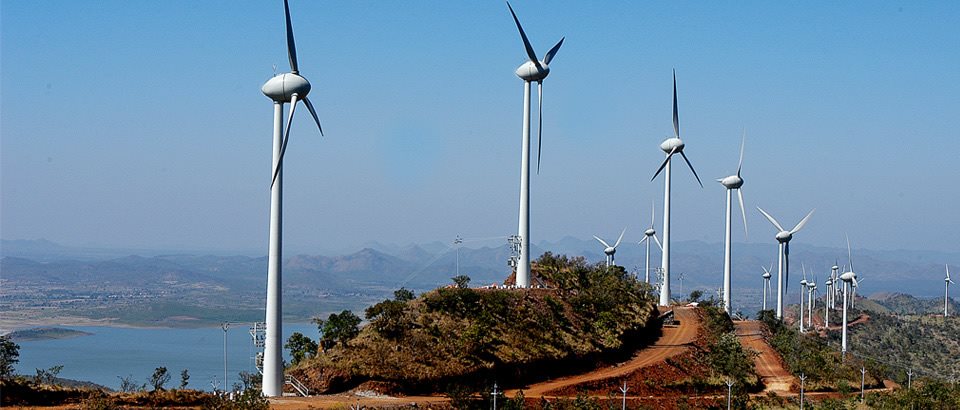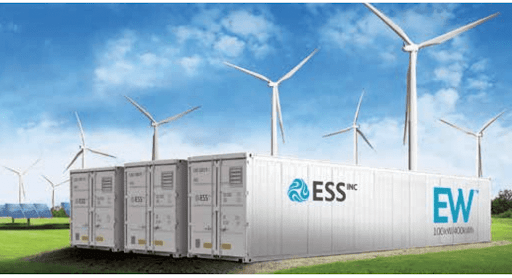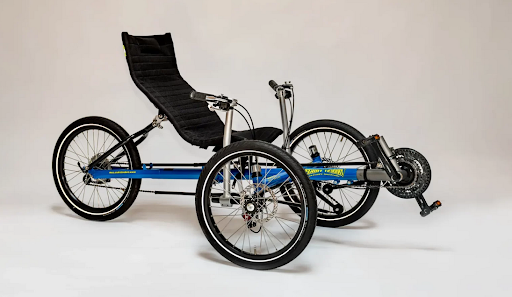The world needs to replace fossil fuels with carbon::zero products to reduce carbon emission and fight climate change, and therefore the demand for renewable energy is increasing. However, the greatest obstacle to wind power is that the wind never blows all the time, and wind patterns are inherently chaotic. At the forefront of this revolution is ESS Wind World, which integrates advanced energy storage systems (ESS) with wind power to enable a better power supply and facilitates wind power. They play a key role in balancing wind energy supply and demand by storing energy when winds are plentiful and dispatching energy when winds are low. In this article we look into the role ESS has to play in the wind energy industry and how it not only augments energy reliability, but also potentially disrupts global energy consumption patterns in the future.
Grasping Energy Storage Systems in the Wind Energy Landscape

Balancing the intermittent wind power, Energy Storage Systems (ESS) are highlyessential. Rather than consistent like fossil fuels, wind energy generation is variable depending on how strong the wind is blowing. ESS Wind World solutions capture surplus electricity generated by wind farms during periods of high production and release this energy to the grid at times of low wind index thereby providing firm and predictable electricity supply. This improves the stability of the grid and provides a continuous flow of energy.
Classification of ESS Employed in Wind Energy
Different ESS technologies serve as potential supplements to wind power, each providing certain advantages:
Battery Energy Storage Systems: BESS
One of the most efficient methods of wind energy storage is battery-based ESS. Due to the high efficiency, long cycle life, and good response time, lithium-ion batteries comprise a majority of the current market. Flow batteries (liquid electrolyte) are also a good candidate with scalability and long cycle life.
Pumped Hydro Storage
Pumped hydro storage is a proven large-scale energy storage method, utilizing excess wind energy to pump water uphill into a reservoir. During periods of high energy demand, the water is released back down the mountain to generate electricity by spinning turbines. With this method, long duration energy storage can be achieved very efficiently.
CAES = Compressed Air Energy Storage
ESS Wind World also takes advantage of CAES, which works by compressing air with excess wind power and putting it in underground caverns. When energy needs rise, the compressed air is detonated to surge turbines that generate power. Promising high efficiency and scalability for grid applications, this technology enables
Flywheel Energy Storage
Wind energy is stored as rotational kinetic energy in a flywheel. They are especially useful for short-term energy storage based on rapid response to power generation from wind.
Thermal Energy Storage
Excess wind power might also be turned into heat, which can then be stored in molten salt or other materials that retain heat well. That thermal energy is eventually converted back into the electricity it originally came from in times of demand.
How Does ESS Help Boost Wind Power Integration
Combining ESS Wind World solutions with wind farms provides multiple benefits reducing the challenge of wind energy capital cost per kWh price improving its reliability and accelerating accessibility.
Grid Stability and Frequency Control
Wind power fluctuations can destabilize the grid. ESS secures frequency regulation while providing a stable and steady power grid.
Demand Shifting
Wind energy can be saved and released when demand is highest, helping to displace fossil fuel consumption.
Peak Load Management
ESS alleviates grid stress and avoids blackouts by discharging stored energy during peak hours.
Increased Use of Renewable Energy
Environmental benefits of ESS include enhanced use of renewable energy by reducing wind power wastage (since ESS stores excess wind power).
The Future of Green Energy – ESS Wind World
With the world moving toward sustainable energy solutions, ESS Wind World are on the front lines of innovation. Improved battery technology, AI-based energy management, and grid integration are already leading to cheaper and optimal energy storage systems.
Global Adoption Trends
Policy actions and investment on ESS and wind power are accelerating global adoption. The United States, Germany, and China are doing large-scale wind energy projects but it will not be enough to overcome the peaks and that is why they turn to large ESS to achieve carbon neutrality.
The Problems of Storing Wind Energy: Challenges and Solutions
However, coupling of different energy storage system (ESS) with wind energy is subject to many issues like the cost, technology, and grid compatibility despite of the potential. Nonetheless, these concerns are being mitigated by further research and development:
Cost Reduction
Energy storage costs are decreasing with lithium-ion batteries and flow batteries being mass produced.
Efficiency Improvements
New solid-state batteries and next-generation supercapacitors yield better efficiency.
Smart Grid Integration
AI based algorithms and IoT based monitoring solutions are optimizing energy storage and distribution.
Conclusion
Fully dedicated to making sure wind power can becomes a consistent, reliable source of energy, ESS Wind World is changing the way energy storage works. Through the power of new storages — wind energy has the potential to be the major form of global electricity generation, thereby cutting carbon footprints and paving the path to a cleaner future.
As ESS technology continues to improve and receive investment, the outlook for wind energy into the future seems bright. With the world shifting towards sustainability, ESS Wind World will help deliver a greener, energy-efficient planet.
Get the latest innovations and trends—follow TechFeed!








